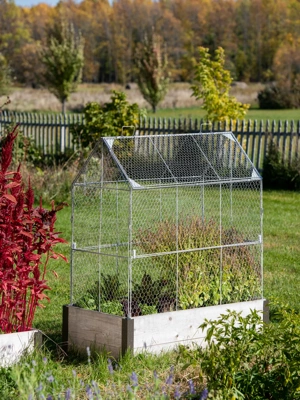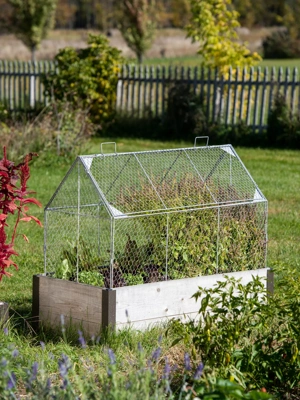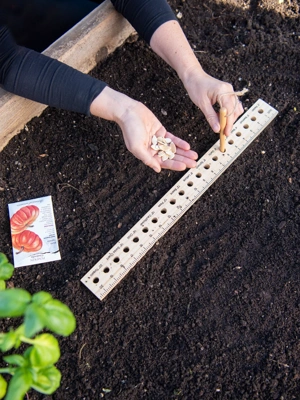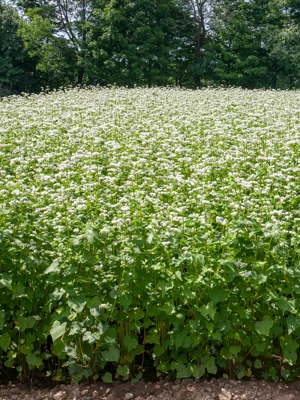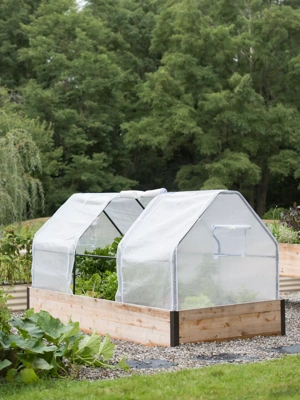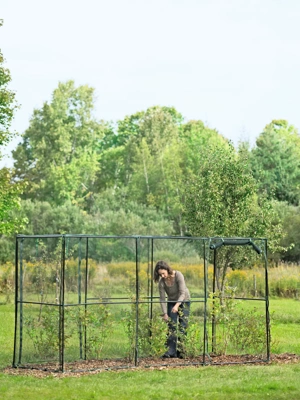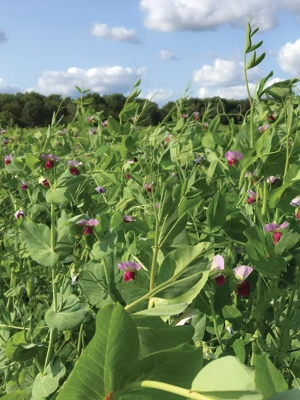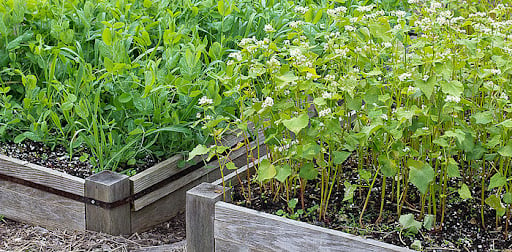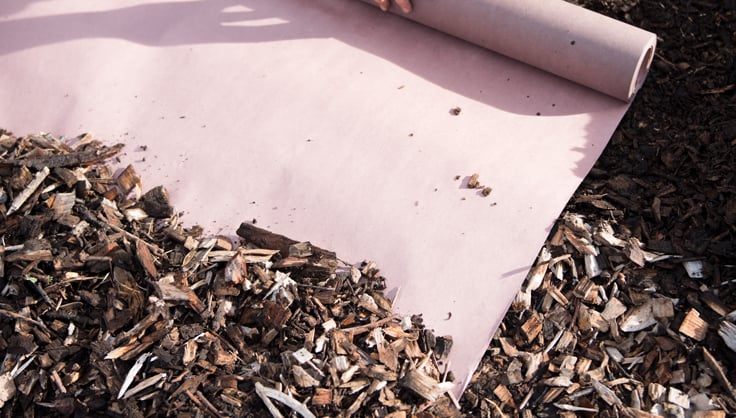What Are Cover Crops?
Weed and feed with cover crops!
Clover, ryegrass, and other cover crops deter weeds, conserve moisture, and add nutrients to the soil when tilled under.
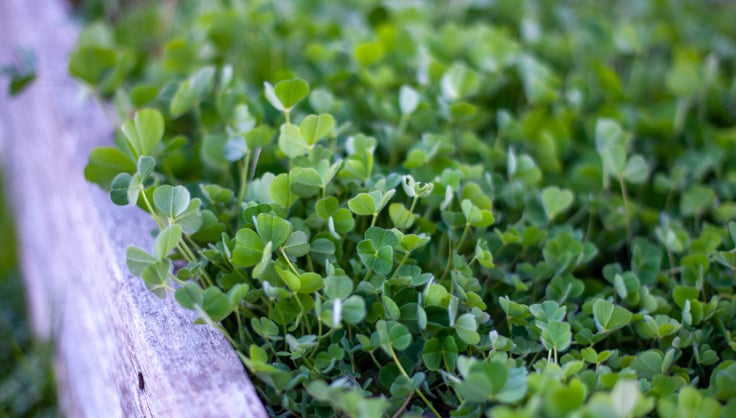
I spent a fair amount of time on my aunt and uncle’s 100-cow dairy farm as a child. The patchwork landscape of the farm’s 500 rolling acres changed every summer as corn, oats, and alfalfa followed each other in rotation. Deep-rooted alfalfa brought minerals to the surface and added nitrogen to the soil. Its nutrient-rich stems and leaves fed the baling machine for a couple of summers before the tractor and disc plowed it under. Corn came next and grew strong on the enriched soil, its stubbled roots holding the soil during the spring rains. A summer of densely-planted oats reduced the weeds and provided straw and cattle feed before alfalfa’s return.
Cover Crop Types
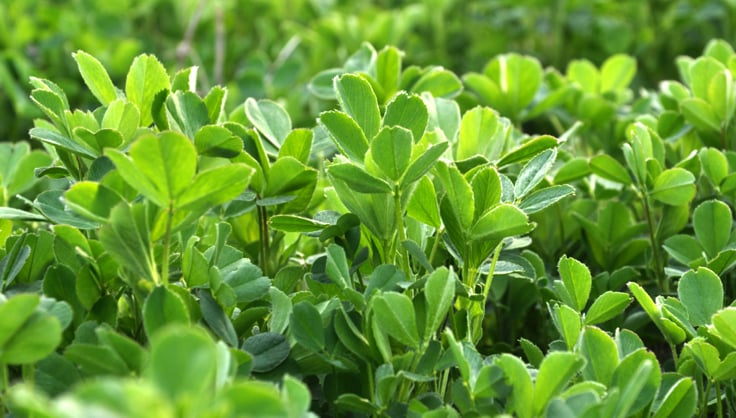
Using cover crops to feed the soil, build humus, smother weeds, and prevent erosion works on a much smaller scale, too. These plants not only help replenish tired soil—they can also increase the number and variety of beneficial insects and other organisms in the garden. Although many plants can fulfill more than one function, it helps to categorize cover crops according to their main contribution.
- Legumes, like alfalfa, clover, beans, and peas, have nodules on their roots that can capture nitrogen from the air and “fix” it in the soil. They improve soil fertility.
- Deep-rooted plants retrieve minerals from deep below the surface, making them available to other crops. These include buckwheat and alfalfa.
- Some plants, such as mustards, rapeseed and ryegrass, produce compounds that inhibit the growth of disease and pest organisms and weed seeds.
- Grassy and densely rooted cover crops, such as buckwheat and rye, prevent soil erosion and moisture loss by covering the soil. They also inhibit weed growth by shading the soil and competing for moisture.
To prevent the cover crops from becoming weeds themselves, it’s important to cut them down and turn them under before they go to seed. After they’ve been added to the soil, they decompose and release their nutrients.
To read more about building healthy soil, read Building Healthy Soil
For more information on cover crops check out the Overview of Cover Crops and Green Manures, from the National Sustainable Agriculture Information Service.
Last updated: 08/02/2023
Print this Article:
Related items
Related Articles
Get the Dirt
Stay up to date on new articles and advice. Please fill out the information below.




